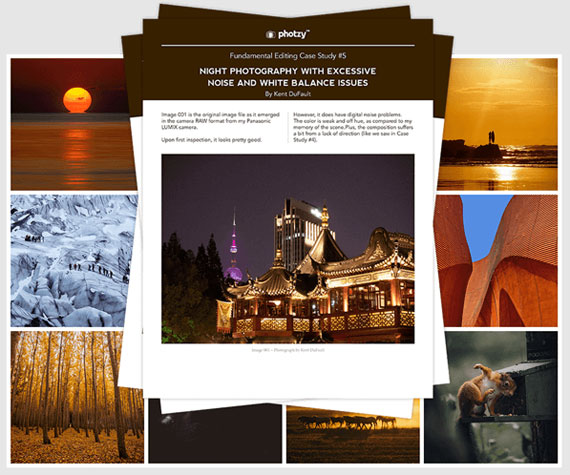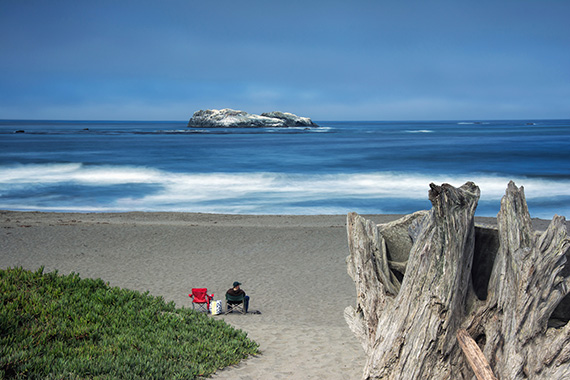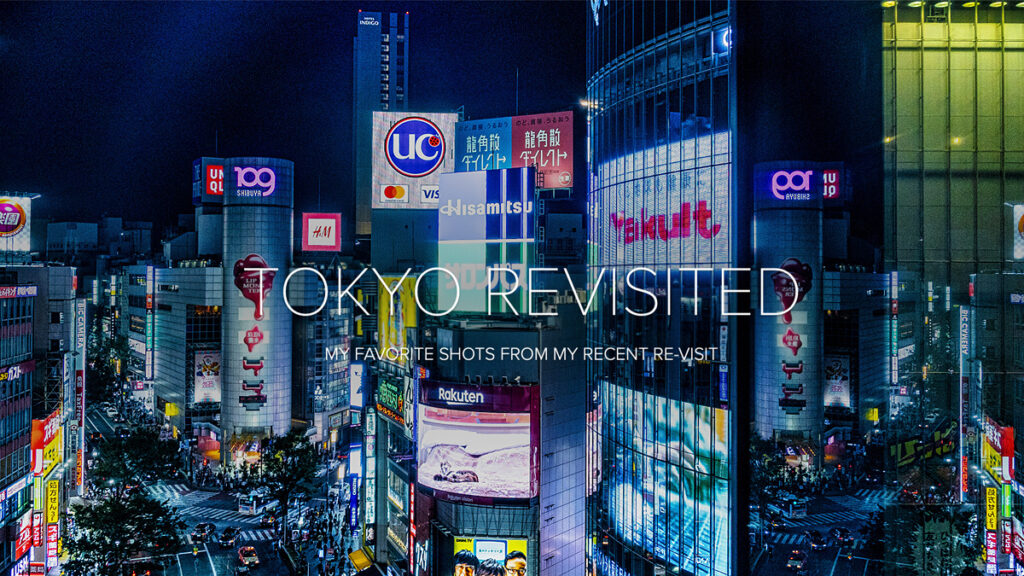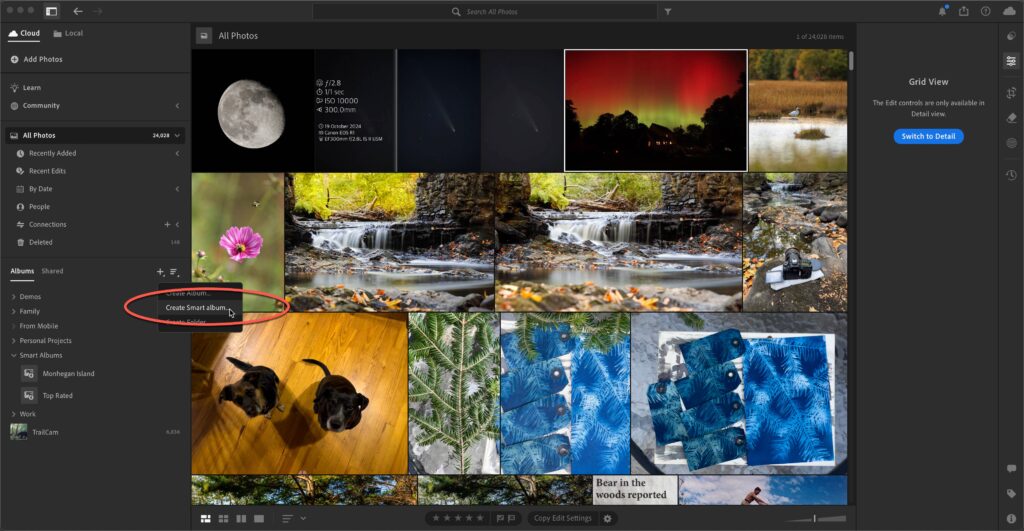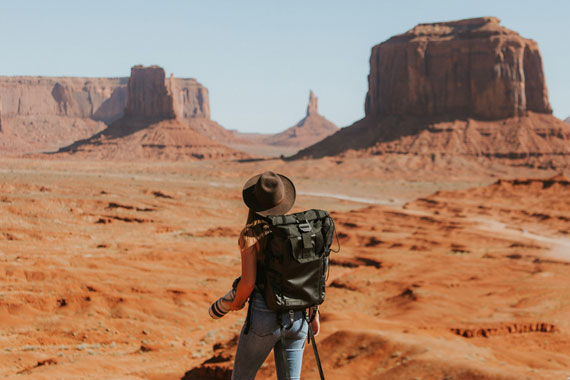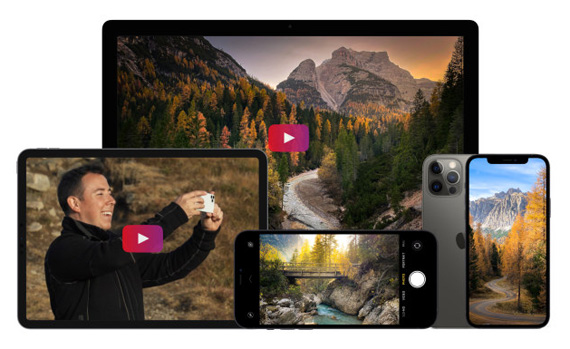Tips & Tricks

Beyond the Obvious: Lessons from the Masters of Photography
Paul Indigo Tips
In photography, there’s more than technical skill or gear; the real art is in connection, storytelling, and moments that matter. In this blog, I’ll explore what I have learned by taking master classes with photographers like Steve McCurry, Joel Meyerowitz, and Albert Watson. One of the surprising outcomes of learning from them was discovering just how closely my thoughts and practice aligned with theirs although I've always carved my own path. There is something delightful about finding kindred spirits.
I wanted to share what I've learnt and remind us of our true practice as photographers behind the lens.
Storytelling Through Human Connection
A photograph should convey more than just skill—it should capture a story that resonates. Steve McCurry’s iconic Afghan Girl does this beautifully, capturing strength and vulnerability in a single frame. Like McCurry, I believe photography should reveal the depth and uniqueness of our subjects. This requires empathy, patience, and a deep curiosity about the human experience.
Authenticity Over Imitation
It’s easy to mimic the work of others, but true artistry comes from following your own vision. Joel Meyerowitz, a pioneer in street photography, focuses on capturing life as it unfolds naturally, without staging or mimicry. While studying the greats is useful, your voice is your own. Photography is a personal journey—your unique way of seeing the world should come through in each image.
Mindful Composition
Photography is about truly seeing. Meyerowitz advocates slowing down and observing, aligning with Cartier-Bresson’s idea of the “decisive moment.” Capturing extraordinary images requires patience, presence, and the awareness to let each moment reveal itself naturally.
Simplifying for Focus
Sometimes, less gear means more focus. Albert Watson often works with a minimal setup to put the spotlight on his subject. McCurry, too, began with a 50mm lens but has since used focal lengths suited to each story, from wide angles to telephotos. Limiting equipment to essentials helps strip away distractions, letting the subject shine.
Learning Without Copying
Great photographers like Meyerowitz and McCurry study influences like Cartier-Bresson and Robert Frank without trying to replicate them. Instead, they use this inspiration to develop their own styles. Building a “library of ideas” is essential, but only as a springboard to create work that feels unique and personal.
Embracing Spontaneity
Some of the best images happen by chance. Meyerowitz thrives on unexpected street scenes that come alive through spontaneous observation. Staying open to unplanned moments allows us to capture the true beauty and surprise of everyday life.
Final Thoughts
McCurry, Meyerowitz, and Watson remind us to value connection, authenticity, and creativity. Technical skill is important, but only as a tool to capture the real story. Ultimately, photography is about seeing the world with fresh eyes, connecting deeply, and telling stories that matter. So go beyond the obvious—let your images reflect the beauty and depth you find along the way. That’s what makes photography powerful.
I use this thinking in my latest photography project, "Anonymous" – Stories without Faces. It is about capturing those moments when faces are out of sight. By not seeing a face, you see more: a gesture, stance, and how someone holds themselves.
These little details can tell us so much about the human condition.
There’s a curiosity to this. You’re drawn in, wondering who these people are, but also realising that you could be them. In a way, the lack of a face makes it easier to connect—to see your own experience reflected in theirs.
It reminds us that we’re all living a similar story but may be in different chapters. We look forward and backwards in time and sometimes at the present.
Ultimately, “Anonymous” is less about mystery and more about shared experience. The beauty lies in how the viewer reacts, projecting themselves into the image. And who knows? Maybe sometimes we learn more about identity revealed in a faceless story.
Thank you for reading.
Yours,
Paul Indigo




